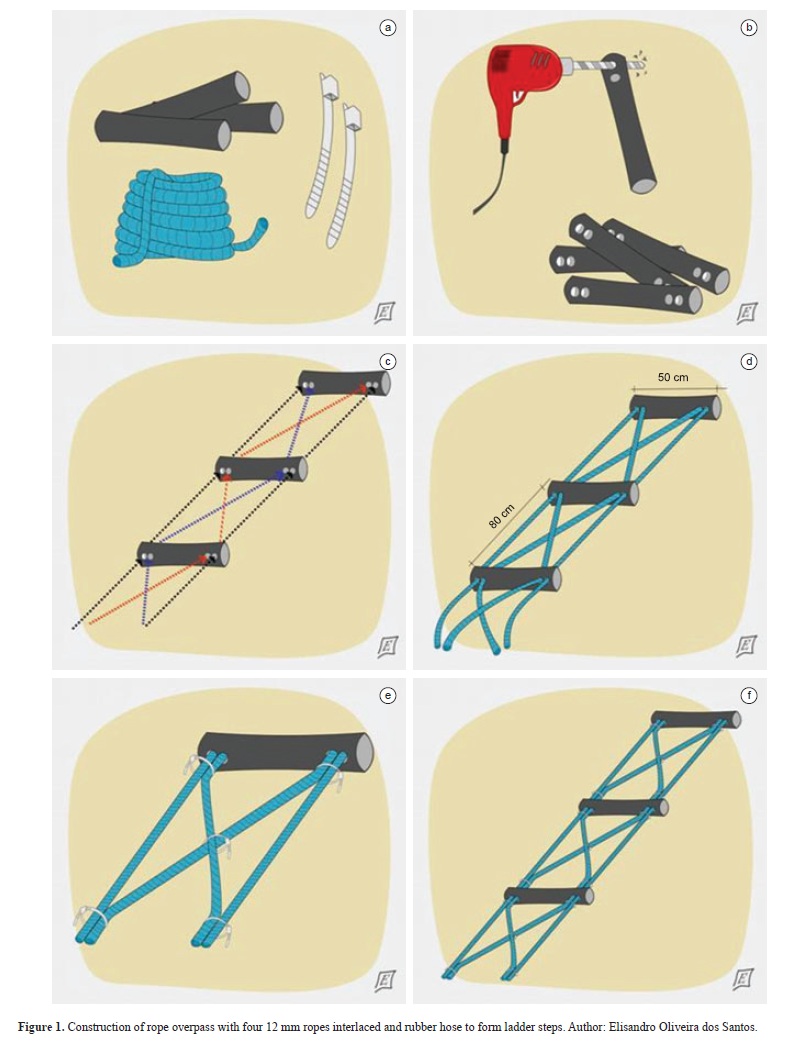The effects of habitat fragmentation and deforestation are exacerbated by some elements, such as roads and power lines, which may become filters or barriers to wildlife movements. In order to mitigate mortality and restore connectivity, wildlife passages are being constructed as linear corridors. The installation of these mitigation measures must be followed by systematic monitoring, in order to evaluate their use and effectiveness, to assist in their management, and to convince stakeholders of their value. In this paper we present the results of a monitoring study of the use of rope overpasses developed near a protected area in Porto Alegre, southern Brazil. The canopy bridges were installed by the Urban Monkeys Program in places where electric hazards and road-kills of brown howler monkeys (Alouatta guariba clamitans Cabrera, 1940) were recorded. Camera traps were installed at each bridge, and local people were selected and trained to monitor overpass use over 15 months, from August 2008 to October 2009. Three species were recorded using canopy bridges: brown howler monkey (Alouatta guariba clamitans Cabrera, 1940), white-eared opossum (Didelphis albiventris Lund, 1840) and porcupine (Sphiggurus villosus Cuvier, 1823). Rope bridges with the highest number of species recorded had more forest cover and lower urban area around them than overpasses little used. Our results indicate that overpasses, in Porto Alegre, work as a linear corridor between forest remnants, although the outcomes for individual survival, group persistence, population demography or gene flow have not been measured. Furthermore, canopy bridges may be important to mitigate the impact of roads and power lines on wildlife, but electric cables also need to be completely isolated when present, to warrant animals' physical integrity.
road; power lines; primates; mitigation; wildlife passage; rope bridge







